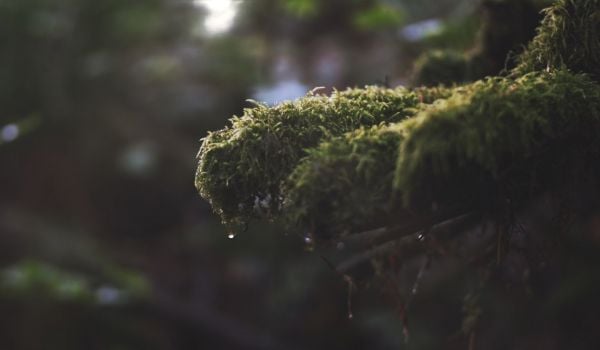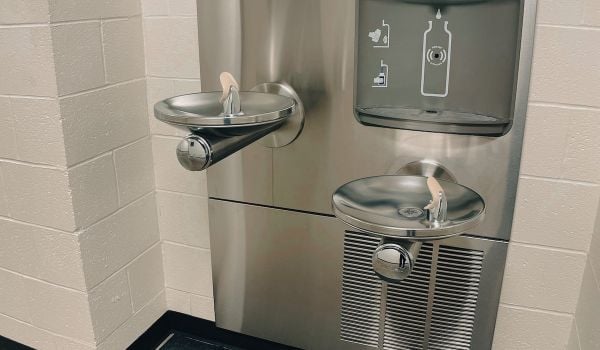Ryan Kelly can tell you exactly what kind of creatures lurk in the waters surrounding Seattle, and all he needs is a one-liter bottle.
For ecologists like Kelly, there’s no question that urbanization and other human activities affect wildlife and ecosystems. Sometimes it’s obvious, like a clear-cut forest or a meadow paved over and turned into a parking lot, but we change the land in subtler ways, too, and measuring those impacts can sometimes be tricky.
To see the effects of urban development, scientists might take an in-depth survey of a select species at an altered site and compare the animals’ population size or behaviors to those of their counterparts in an undeveloped area. It’s not always clear which species should be studied to get the fullest picture of how an ecosystem is changed, though. Researchers could sample more species, but that comes at the cost of time, resources and labor.
Kelly’s been working with a new tool called environmental DNA analysis, which allows him to gather tiny traces of genetic material from the waste and shed cells that organisms leave in their environment. In a recent study in Washington’s Puget Sound, he was able to census hundreds of species at once without having to find and count them, or even set eyes on them, by dipping a Nalgene bottle in the water and looking at the bits of DNA they left behind.
What he found overturns some common wisdom about coastal development, and shows that urbanization doesn’t always lead to a drop in biodiversity.
In July 2014, Kelly and his colleagues took water samples at eight sites around the sound with different degrees of urbanization, from Seattle’s bustling Broadview neighborhood to isolated Vashon Island. They filtered the samples, extracted the DNA and then analyzed it to identify 1,664 different genetic signatures that matched species of invertebrates, fish, birds and mammals.
To the scientists’ surprise, the density and diversity of life in the water increased along with how urbanized the site was, and the more developed stretches of coastline were home to wider arrays of species than the rural ones. While the urban areas were more diverse compared to the “wild” ones, though, the local diversity within each of these urban sites was lower. That is, when the scientists sampled three different spots in an urban site, they mostly found the same species all three times, but when they did the same at a rural site, the mix of species was different in each spot.
Why the urban coastlines are more diverse, while also more homogenous, isn’t so easy to tease out. While the four urban sites all had distinct ecological communities and few species shared among them, they were all home to plenty of mud-dwelling bivalves and gastropods like clams and snails. It’s possible, the researchers think, that urban development makes muddy habitats more attractive and productive by enriching them with nutrients that make their way from manmade sources to the sound. Alternately, the abundance and diversity of mollusks might have steered Washingtonians to develop these areas instead of others, or humans and shellfish may just seek out the same kinds of waterfront to settle down on.
Whatever the cause, the study demonstrates that environmental DNA analysis can be a faster and more efficient way of monitoring the way people change the ecosystems in and around our cities. More importantly, the researchers say their results are an interesting counterexample to the idea that the changes that come with urban development are always bad for biodiversity.
Even if urbanization isn’t the cause of these little biodiversity booms around Puget Sound, it at least has a more nuanced and, in this case, positive effect than complete ecological disaster.
Matt Soniak writes about science, history and Bruce Springsteen for a variety of outlets. His work has appeared in print and online for Mental Floss, The Week, Slate, Men’s Health, Scientific American, The Atlantic, ScienceNow and others. He lives in Philadelphia.
















